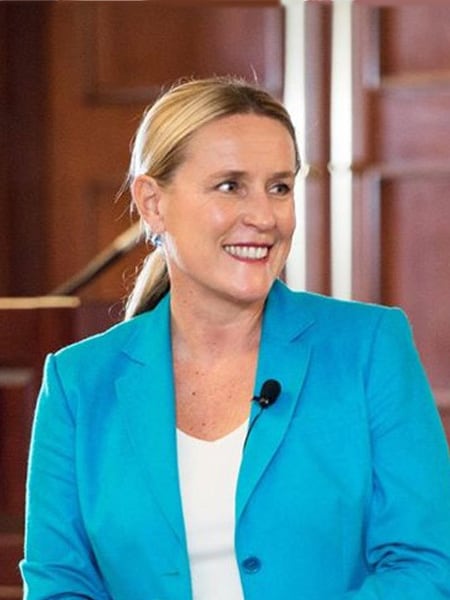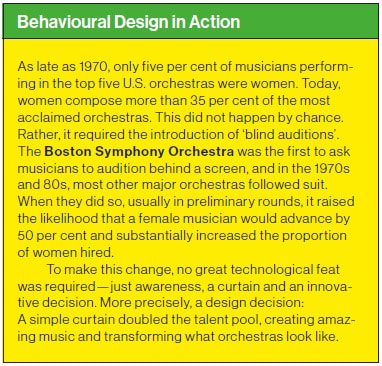
Removing workplace biases with 'behavioural design'
Behavioural economist Iris Bohnet, on the need to de-bias organisational practices and procedures, rather than focusing on changing mindsets
 Behavioural Economist Iris Bohnet
Behavioural Economist Iris BohnetQ. There is some disagreement about the ‘business case’ for gender equality. What is your take on it?
The disagreement is justified. The focus to date has largely been on the diversity of corporate boards and senior management teams, and the problem is, we don’t have the data required to make solid conclusions. Even when we find a correlation between gender diversity on a board and a company’s performance, we have no way of proving that there is a causal relationship going on.
Recently, a meta-analysis came out, summarizing about 120 studies, and it did find a small positive correlation between gender diversity and overall firm performance. But, again, this was a correlation, not causation. If we want to look at the micro level and establish causality, we need to create teams randomly and measure whether the more diverse teams outperform the homogeneous teams. Some of the best work in this area has been done in the realm of ‘collective intelligence’ (i.e. the intelligence of groups), which is measured in much the same way that we measure individual intelligence. This research has found a strong causal relationship between gender diversity and team performance across many different tasks.
As a result of these studies, I believe we have enough evidence at the micro level that a business case exists. However, for teams to really make it work, they will likely need some additional guidance on inclusive behaviours. I’d love to see us move the discussion beyond a numbers game, and start to think more about fostering inclusive behaviour.
Q. How do you define ‘behavioural design’ ?
The research shows that we can’t help but put people into categories, and behavioural design builds upon this element of how our minds work. Basically, it uses behavioural insights to de-bias organizational practices and procedures, rather than focusing on changing mindsets. Within an individual mind, biases tend to occur automatically and unconsciously, and it’s really hard to change that. It’s much easier to focus on taking steps to de-bias an organization.
[This article has been reprinted, with permission, from Rotman Management, the magazine of the University of Toronto's Rotman School of Management]





